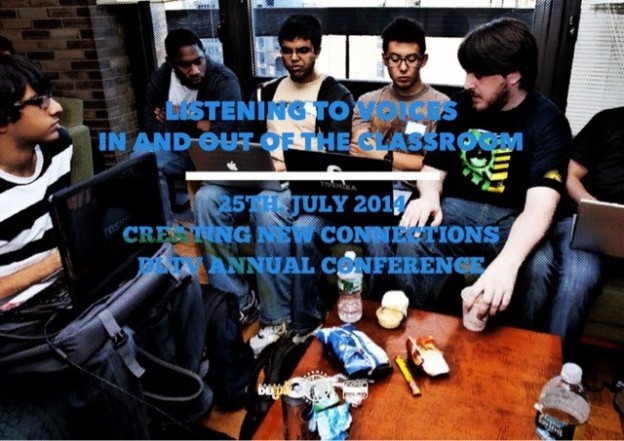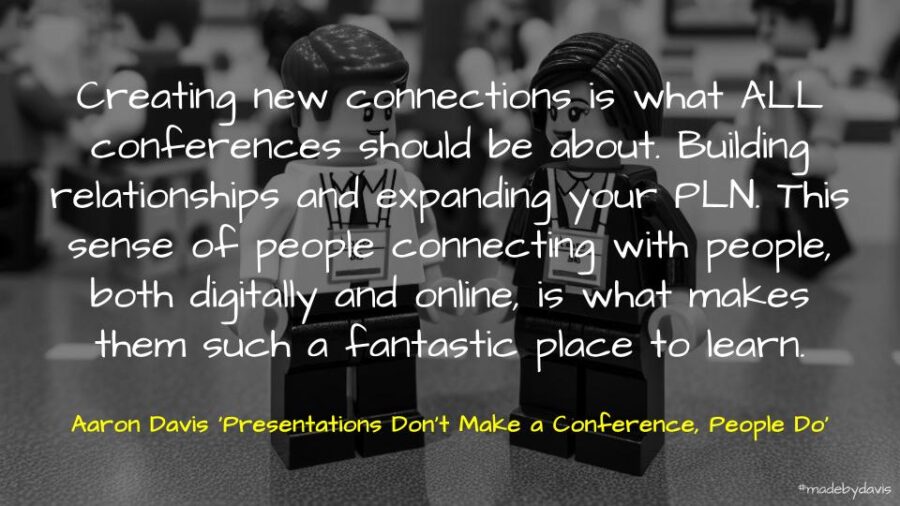I took to the recent #DLTV2014 Conference with a renewed sense of creative vigour. Instead of simply recalling information and posting titbits here and there (which I did as well), inspired by the likes of +Amy Burvall, I set myself the challenge of being more visual and more imaginative in my postings. Using creativity as a medium to express my voice. So here then are some of my ventures:
#DLTV2014
Leading up to the event, I created a couple of memes to stir up the conversation around DLTV2014.
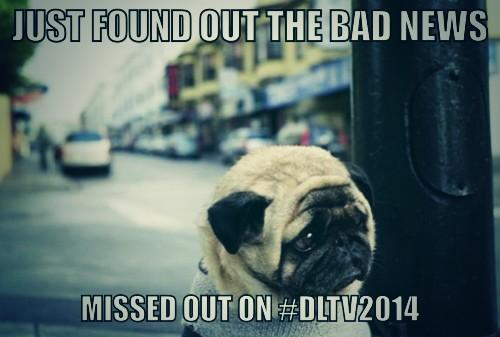 |
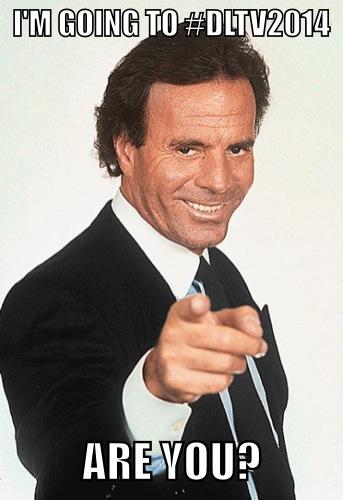 |
#EduVoice
I created a couple of images in the build up to +Steve Brophy and I’s session ‘Listening to the Voices in and out of the Classroom’.
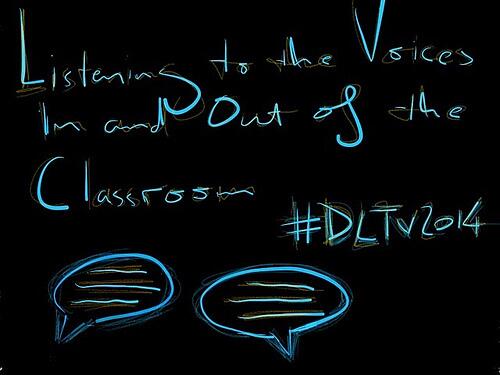 |
| Sketch made using Paper 53 app on the iPad |
 |
| Original image via creative commons licensed (BY-SA) flickr photo by hackNY: http://flickr.com/photos/hackny/5685391557 Edited using Phoster on iPad |
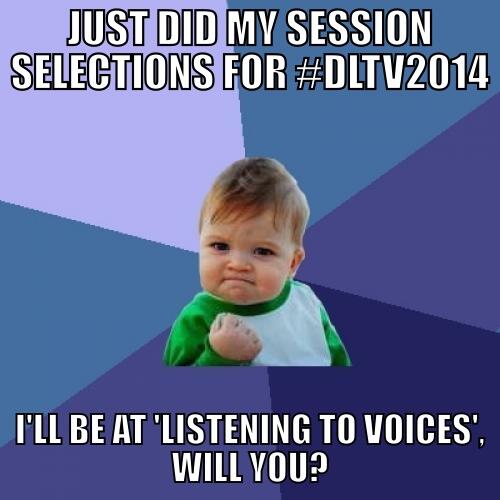 |
 |
| I think that maybe this one has mixed messages |
 |
| Made using Trading Cards app on iPad via +Corrie Barclay post ‘1 iPad, 1 Task, 15 Ways’ |
#WhereisHa
Armed with +Dean Shareski‘s recent suggestion that Twitter can be a creative medium, +Corey Aylen, +Eleni Kyritsis, +Bec Spink, +Mel Cashen and I started a hashtag #whereisHa (link to Tagboard) in response to +Michael Ha‘s absence from the keynote on the second morning. As a part of this playful folly, I created the following memes to add to the Tweets:
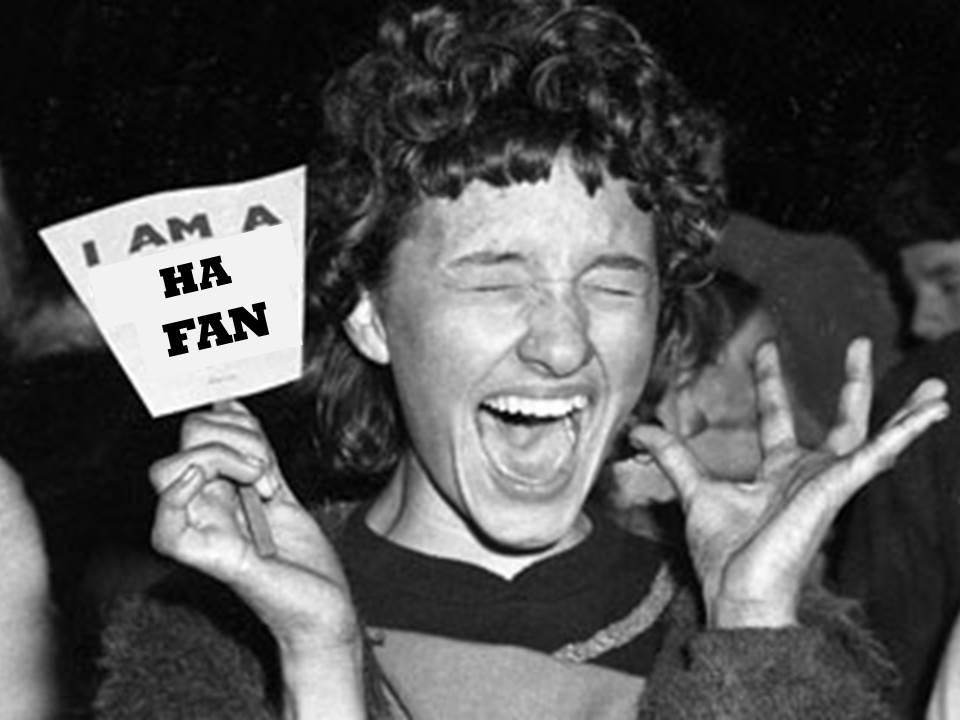 |
| Playing on the hysteria around the Beatles, I thought that I would extend the mania. |
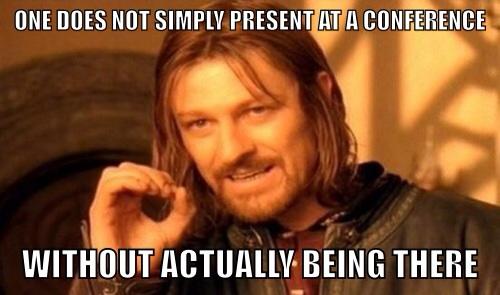 |
| This was in reference to the fact the +Michael Ha was meant to present during the first session, yet he hadn’t even arrived yet. Interestingly, +Samantha Bates jumped on the comment, even though she wasn’t at the conference, and argued that he could via a Hangout etc … |
#LegoPoetry
This was created in the ‘Games in Education’ space under the guidance of +Dan Donahoo. Really we just chatted while discuss the myriad of potentials associated with the idea of Lego poetry.
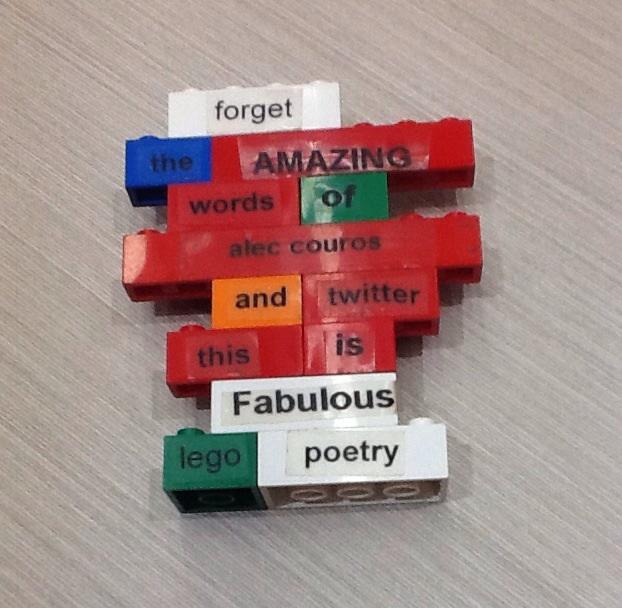 |
| This Lego poetry is clearly in jest, because I clearly value my Twitter connections and the awesome work of +Alec Couros |
+Riss Leung‘s Keynote
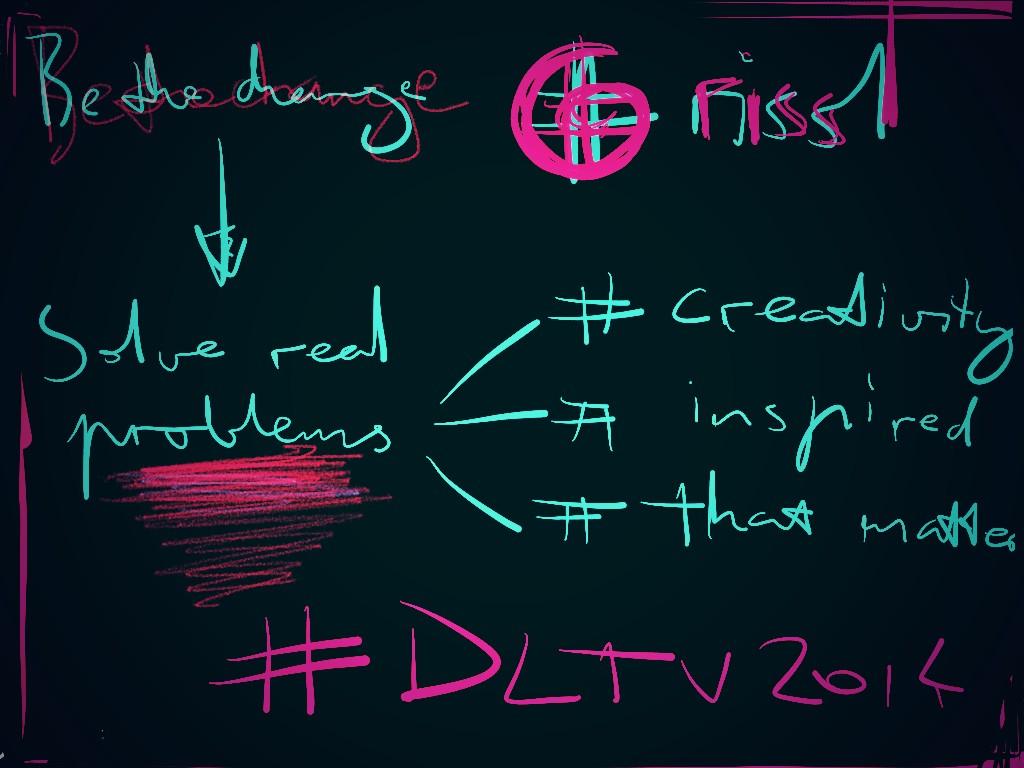 |
| My take-away from +Riss Leung‘s keynote, ‘be the change’. Was a common them throughout the conference. |
ABC Splash
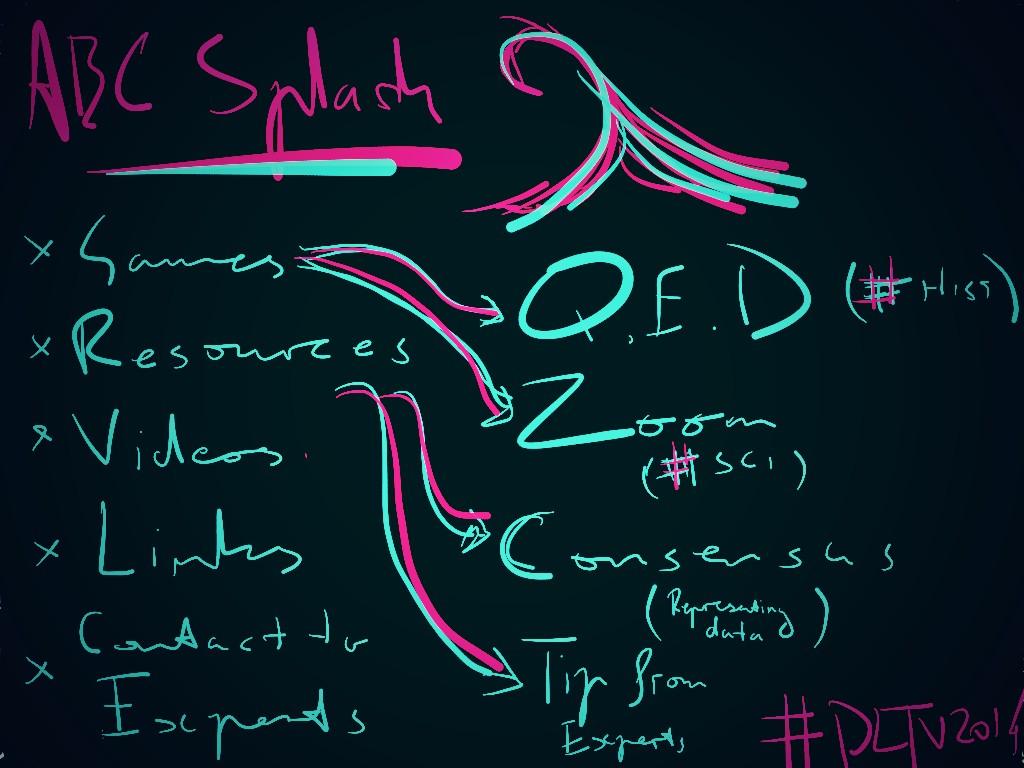 |
| My summary of some of the great things on offer through the ABC Splash website |
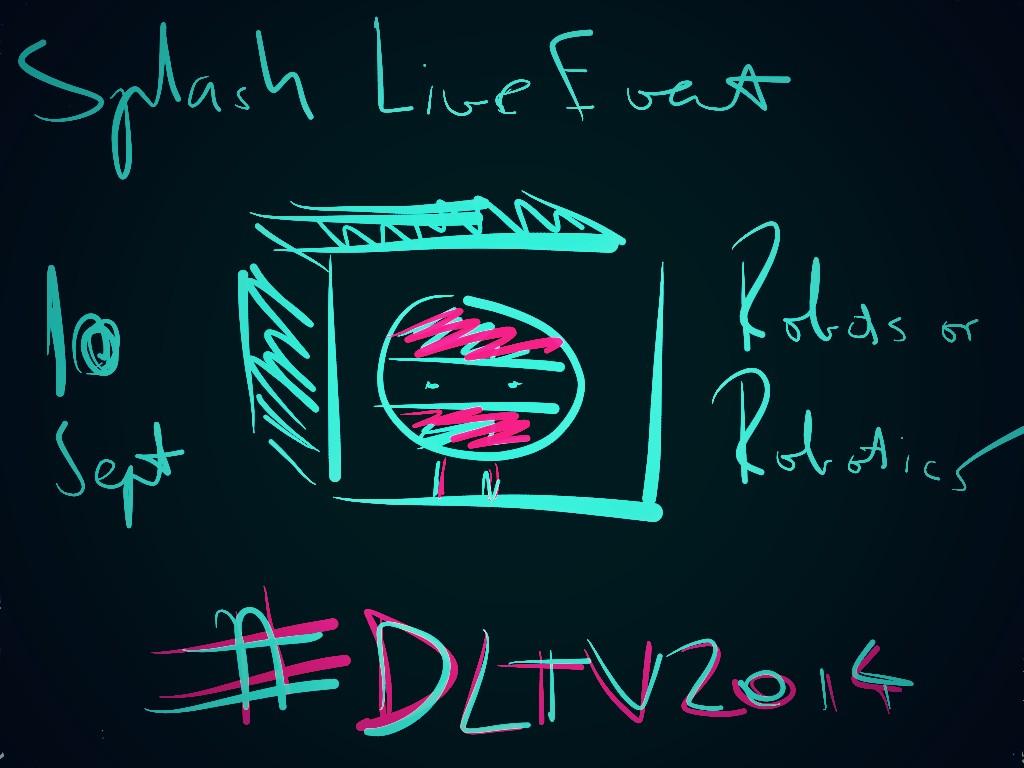 |
| This is my sketch of a Splash live event coming up on the 10th September |
Accelerating Innovation In Your School w/ +Richard Olsen
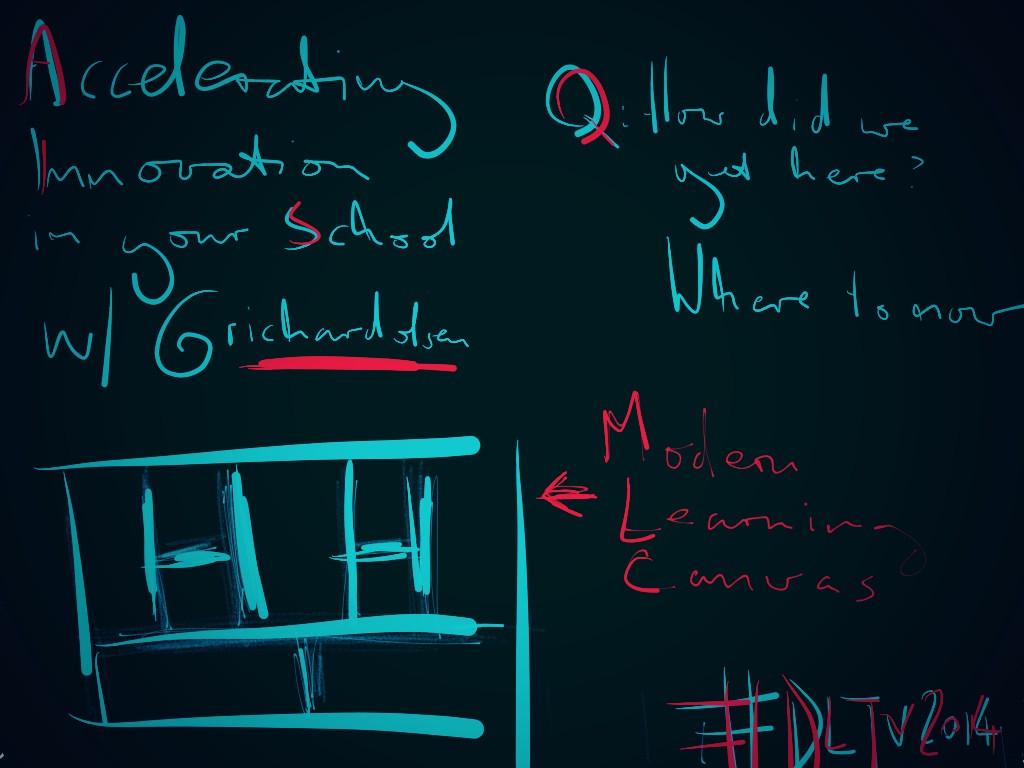 |
| This was my initial sketch based on Olsen’s key questions as well as the Modern Learning Canvas |
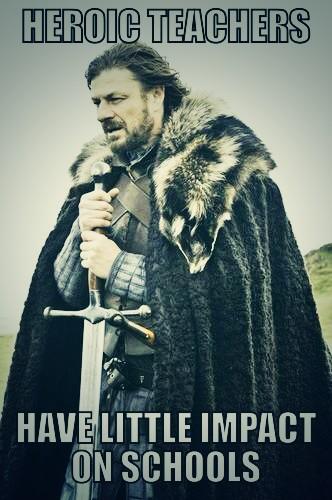 |
| In Olsen’s overview as to way our current attempts to bring change, reform and innovation into the classroom, he made the statement that “Heroic teachers have little impact on schools” |
Best Conference Ever
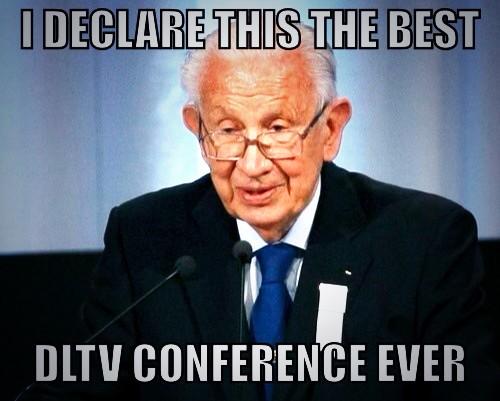 |
| This is a play on Juan Antonio Samaranch’s statement after each Olympics that ‘I declare this the best olympics ever’ or something like that. |
